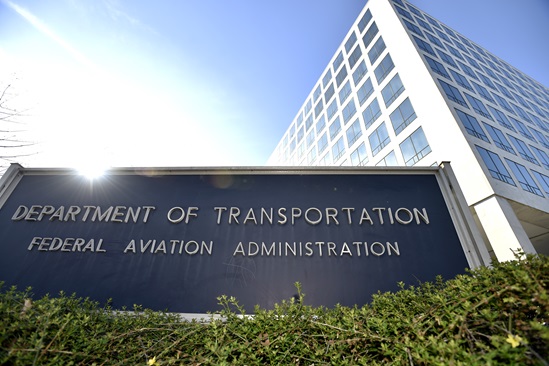AOPA has challenged airport rules and regulations adopted by Illinois’ Morris Municipal Airport that it feels are a direct contravention of FAA grant assurances as outlined in 49 USC §47107.
“We appreciate the City’s desire to operate the airport in a safe and efficient manner,” wrote Bill Dunn, AOPA vice president of airports, in a letter dated March 25 to Mayor Richard Kopczick. “Other sections of the document seem to provide the city with authorities that are reserved to the FAA or not applicable to these rules and regulations. As such, we are bringing our concerns directly to the city in the hopes that changes will be voluntarily adopted without a formal request being made by the association to the FAA for an investigation of potential grant assurance violations.”
The first issue is the city’s airport rules and regulations on aeronautical activities. The city states that all aeronautical activities at the airport (including skydiving), and all aircraft departing or arriving the airport shall be conducted in conformance with the statutes, laws, rules of regulations of the FAA, and these rules and regulations, as now enacted or as may be hereafter amended or modified or enacted or adopted.
“While the city has the authority to adopt rules and regulations for activities occurring on the airport, the city has no legal authority to regulate airspace activities,” wrote Dunn. “The U.S. Court of Appeals and U.S. Supreme Court have issued multiple rulings which state that the FAA has `pervasive power’ over the airspace and is the sole agency which can regulate its uses.”
Another issue is with a section covering registration and licensing, with city regulations calling for aircraft operating out of the airport be not only registered and certified by the FAA, but also the state of Illinois. “The state of Illinois does not `certify’ aircraft, nor does it have any authority to do so. The aircraft certification process is wholly controlled by the FAA,” wrote Dunn.
The letter also takes exception with the city’s refusal of clearance rule, which states that the airport manager may “delay, restrict or ground any flight, skydive, aeronautical activity, or other operation at the airport” where they feel are done through “reasonable grounds.”
“The sponsor of a federally obligated airport cannot restrict any aeronautical activity of the airport unless such restriction is in concert with the FAA and receives FAA sanction,” Dunn responded. “Additionally, `reasonable grounds’ is not objective but rather subjective with no specific criteria. Without receiving FAA approval for such restrictions, this action would be deemed a violation of federal grant assurances as an access restriction. We would be interested in learning where the city believes authority for this refusal of service is based.”
Under the section on landings and takeoffs, Dunn stated that the city has no authority to dictate the flight path of aircraft departing or arriving at the airport. “The city may publish maps and charts showing noise sensitive areas but lacks authority to dictate flight paths,” he wrote. “While the city may understandably be concerned with airport operations being community friendly, and AOPA encourages our members to be sensitive to community noise concerns, the city has no legal authority to dictate aircraft operational power settings and altitudes to be maintained. Such authorities are given by the federal government to the pilot in command of the aircraft.”
Dunn ended by urging the city to take AOPA’s comments into consideration and amend its rules to fit current FAA regulations.


